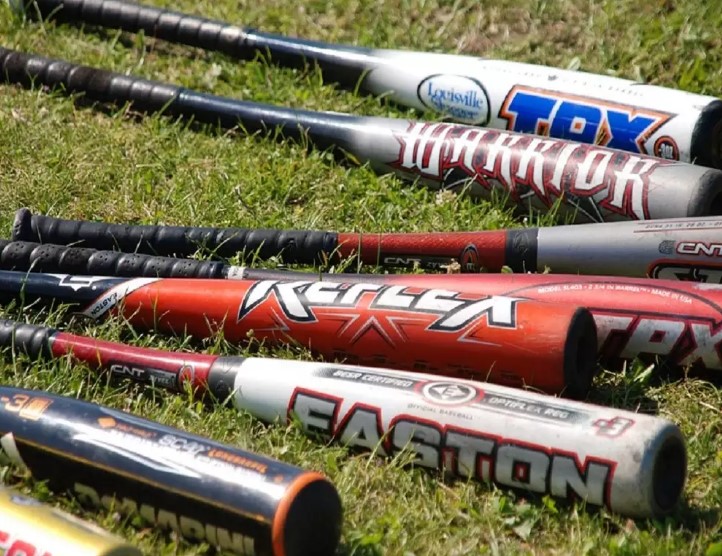Baseball is often called “America’s Pastime,” the heart of this beloved sport is the iconic baseball bat. The importance of this essential tool can never be understated, given its significant role in every match. But have you ever wondered about the craftsmanship behind these bats? For instance, the Marucci bats are insanely sleek and efficient. But what is the science behind it? This article delves into the intricacies of the art and science that go into their making.
A Journey Back in Time: History of Baseball Bats
The story of the baseball bat begins in the 1850s, during the inception of baseball as a sport. Early bats were haphazardly crafted, with no standard shape or size. They could be as short as a broomstick or as long as a walking cane. It was only in 1859 that regulations came into effect, and bats were defined to have a maximum diameter of 2.5 inches and a length of 42 inches.
Raw Material: From Trees to Lumber
The first step in the crafting process involves choosing the appropriate wood. Traditionally, bats were made from various kinds of wood, including hickory and pine. However, these were found to be excessively heavy and prone to splintering. Today, most high-quality bats are made from either Ash or Maple. Ash is valued for its lightness and flexibility, allowing for a larger sweet spot. Conversely, although heavier, Maple is harder and more durable, translating to greater power in the swing.
The Art of Shaping: From Lumber to Bat
Once the right wood is selected, it is cut into cylindrical billets of the appropriate length and diameter. Each billet is placed on a lathe, a specialized machine that spins the wood, allowing it to be meticulously carved into the familiar slender shape of a baseball bat. This is a crucial process that demands both precision and attention to detail. The desired result is a sleek and well-balanced bat with a thicker handle that tapers into a narrower tip.
Quality Assurance: Checking for Perfection
Once the bat has been shaped, it undergoes a rigorous inspection process. This includes carefully examining imperfections that could impact performance, such as knots or other weaknesses. Each bat is also weighed to ensure it adheres to the strict standards of the sport. Those that pass muster move on to the final stages of the crafting process.
The Finishing Touches: Sanding, Staining, and Sealing
The final steps in the crafting process involve sanding the bat smoothly, then staining it to enhance the natural beauty of the wood grain. The bat is then sealed with a clear or tinted finish, protecting the wood and providing a sleek, polished appearance. Each bat is finally branded with the maker’s mark—a testament to the skill and effort that has gone into its creation.
A Symbol of Dedication and Excellence
Every baseball bat, for example, the Marucci bats, is a testament to the blend of science, art, and craftsmanship. It reflects countless hours of meticulous work and a dedication to excellence that parallels the sport. It’s not just a piece of sports equipment—a symbol of a tradition passed down through generations, standing for perseverance, dedication, and the relentless pursuit of victory.
In conclusion, understanding the craftsmanship behind baseball bats enriches our appreciation of the game. So, the next time you watch a baseball game, remember the artistry and skill that has gone into crafting that essential tool, helping players hit home runs and fueling the excitement that keeps fans coming back for more.

